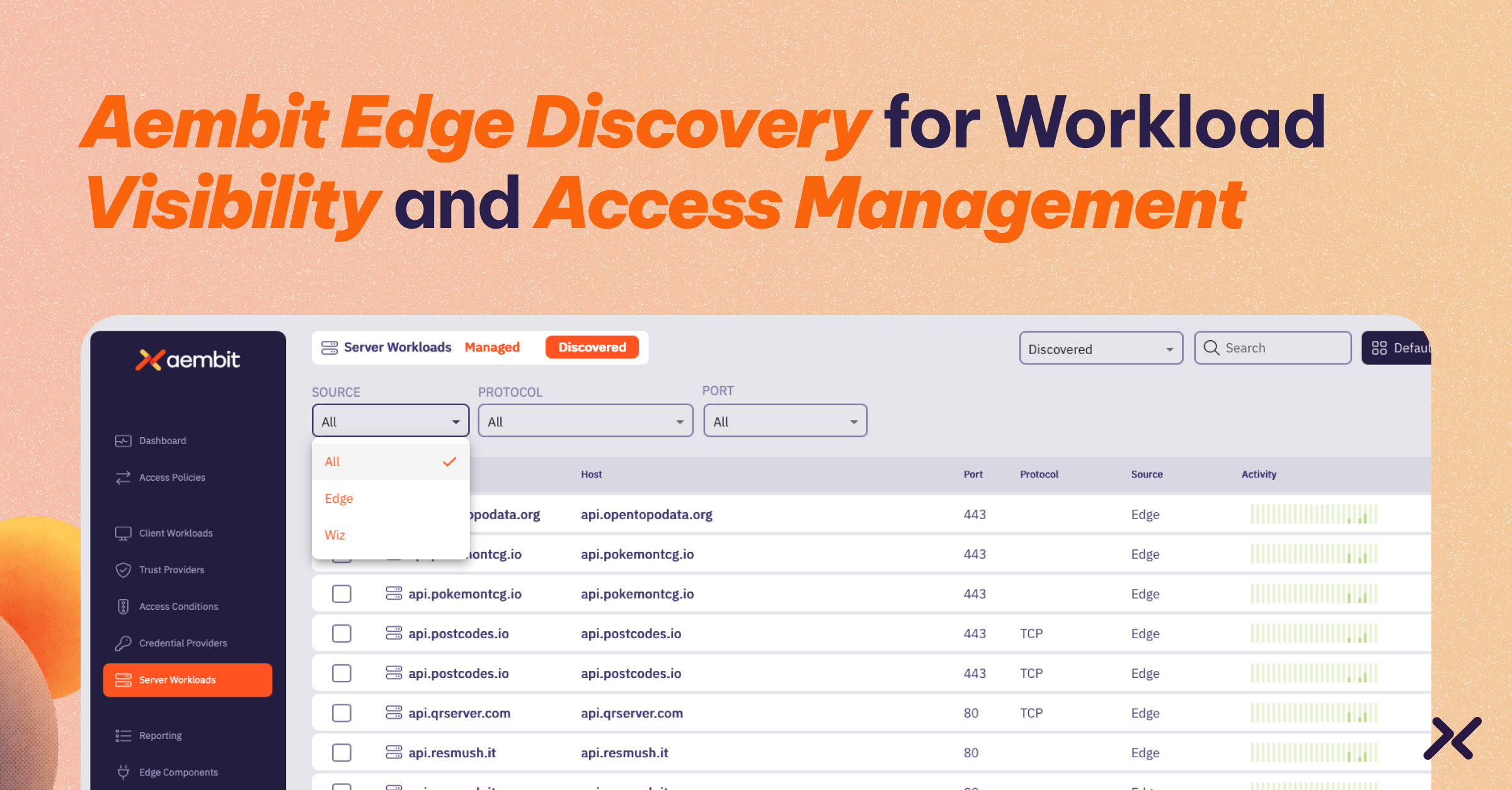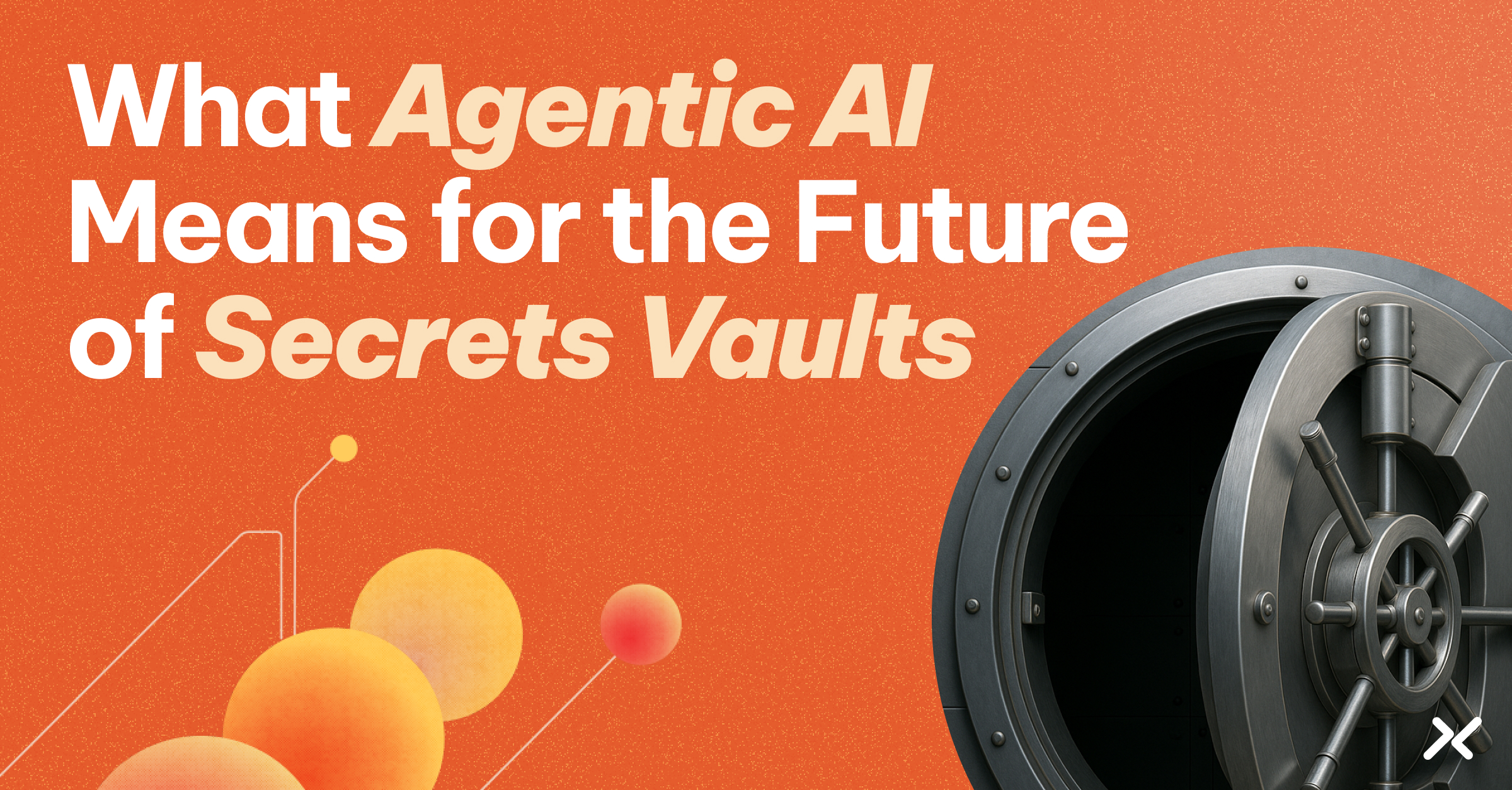An often-shared quote goes something like this: “The smartest way to keep a secret is to never have one.” Think about it. You can sidestep all the pitfalls that come with guarding a secret – most of all, the chance of you divulging it – by simply never having any.
But how realistic is that? We all have secrets, and we even require them to conduct our daily business in the digital world. Credentials to access things like email or your favorite app may lack the intrigue and drama of human secrets, but like any hidden truth, they’re virtually impossible to avoid having.
The same goes for workloads, where secrets like tokens and keys are commonly employed to authenticate and authorize access to various resources. They are the clandestine handshakes that allow applications, APIs, databases and other infrastructure to facilitate dialogue with one another – and ensure everyone, er everything, is who they say they are.
Given the rapidly expanding number of workload identities that exist in hybrid and multi-cloud environments, the importance of securing access between them is more critical than ever. Understanding why this is important is to understand the lifecycle of a secret — and the inherent weaknesses present in each stage that impact both security, DevOps and developer teams alike, from concerns over data protection to visibility limitations and efficiency impacts.
The Lifecycle of a Workload Secret
Creation
The journey of a secret begins with its creation. Secrets are born through the trusted generation process. Cryptographic algorithms are employed to ensure their randomness and unpredictability. However, vulnerabilities arise if weak or predictable algorithms are used, if entropy (defined as the amount of randomness or unpredictability incorporated into the generation of cryptographic keys or secrets) is insufficient, or if the generation process itself is compromised.
Provisioning
Once secrets are created, their secure transmission to intended systems is pivotal, often overlooked or conducted simplistically, creating vulnerabilities. Encryption and secure channels, like SSL or TLS, safeguard data during transmission. DevOps teams must ensure the confidentiality and integrity of secrets to prevent unauthorized disclosure or tampering, using measures like hashing and digital signatures. But this is not the endpoint. Equally critical is secure storage post-transmission, to further shield against tampering or unauthorized access. Overall system security depends on diligent execution at every step of the secret lifecycle, highlighting the importance of both secure transmission and storage of secrets.
Rotation
Like a carton of milk, secrets should be treated as having an expiration date. Regularly changing secrets helps prevent prolonged exposure and reduces the risk of compromise. Your team can adopt various strategies for secret rotation, such as time-based rotations or event-triggered rotations (e.g., after an employee leaves the organization). However, frequent rotations can introduce complexity and potential operational disruptions.
Monitoring
Secrets require vigilance. Logging tools, intrusion detection systems and SIEM products, as well as other security products, can help stymie attackers and alert you if something unusual is happening in your environment involving these secrets. Good monitoring, of course, cannot be done without an organized approach to managing secrets. Do this by creating a detailed catalog of secrets, and documenting their intended use, location and assigned personnel. This not only ensures a high level of transparency but also simplifies their tracking, updates, and retirement.
Revocation
In scenarios where secrets are suspected to be compromised or no longer required, revocation becomes necessary. Revoking a secret ensures that it is immediately invalidated, rendering it unusable for any unauthorized entities. Revocation involves notifying relevant stakeholders, updating access control mechanisms, and communicating the news across all relevant systems.
Retirement
Eventually secrets need to be put out to pasture. As secrets age or become obsolete, they should be securely retired to minimize the risks associated with lingering remnants of sensitive information. Retirement involves permanently erasing secrets from storage and ensuring they are no longer accessible or recoverable.
Inherent Weaknesses of Secrets and Secret Managers
As you may have determined from each of these lifecycle phases, despite their essential role in protecting sensitive information, secrets – and secret managers – contain deficiencies that can pose significant security risks. As a whole, it’s difficult to manage the entire lifecycle of the secret without significant development, effort and planning across a team of people. Here are a few of the most glaring concerns:
Credential sprawl
As the number of systems, applications, and services grows in your infrastructure, managing and keeping track of numerous workload secrets becomes challenging. This can result in a lack of visibility and control over your entire secrets portfolio, raising the risk that outdated or improperly managed credentials are still active.
Lack of secure storage and transmission
If workload secrets are hard coded in plaintext, stored insecurely, or transmitted over unsecured channels, they can be intercepted or accessed by unauthorized parties. Incidents like this are already happening.
Weak authentication practices
If workload secrets are not managed with strong authentication practices, such as regular credential rotation, the use of long credentials and exponential timeouts, they become more vulnerable to brute-force attacks and password cracking.
Insider threats
Workload secrets are often known by individuals within an organization who require access to systems or resources. However, these workers, either unintentionally or motivated by malevolence, can jeopardize the confidentiality of secrets.
How Workload IAM Can Alleviate, Amplify – or Replace– the Need for Secrets
Workload identity and access management (IAM) is emerging as a way to manage the lifecycle of connections between workloads. Instead of focusing just on the secret, Workload IAM gives you a way to more easily solve for the entire picture.
It helps secure access between application workloads and the services they depend on, including databases, APIs, SaaS services and IaaS services – and across single and multi-cloud environments. Additionally workload IAM logs all access and access attempts, providing improved visibility and compliance. And it makes authentication transparent for developers, who don’t have to worry about the details of the authentication process.
Combined, this results in productivity boosts for developers, efficiency gains for DevOps engineers and risk-reduction wins for security pros.
Specifically:
- Developer teams, who specialize in writing code but may not necessarily have OAuth and security knowledge, are freed up from needing to build authorization manually, allowing them to meet their primary goal: delivering applications quickly.
- DevOps teams gain access to a centralized directory that catalogs their workloads and charts which workloads interact with which services. This removes the need to manage secrets because continuous workload authentication, authorization, and logging is handled all in one place.
- Security teams mitigate the potential for data compromise and help satisfy compliance requirements by ensuring stronger protection exists in the application process. By removing the need for static or long-lived credentials, teams are able to manage, enforce, and audit access between workloads and services only when and where they are needed – and without worrying a leaked secret is being nefariously used.
To try the Aemibit Workload IAM platform for free, visit aembit.io.



